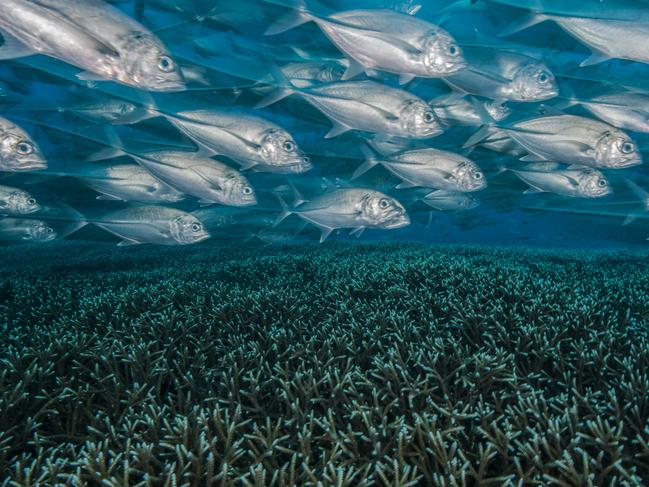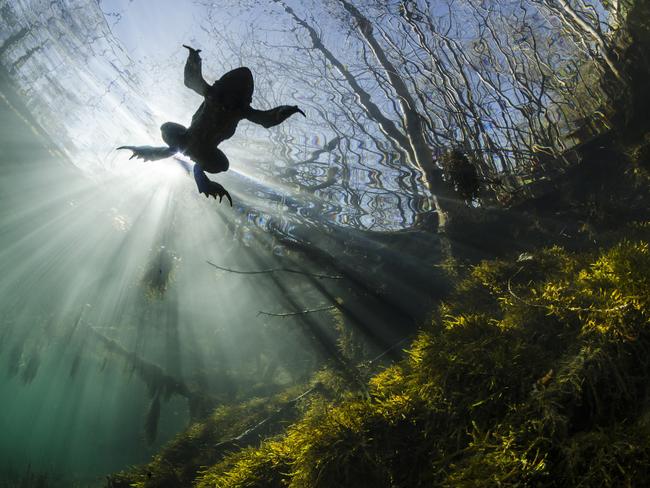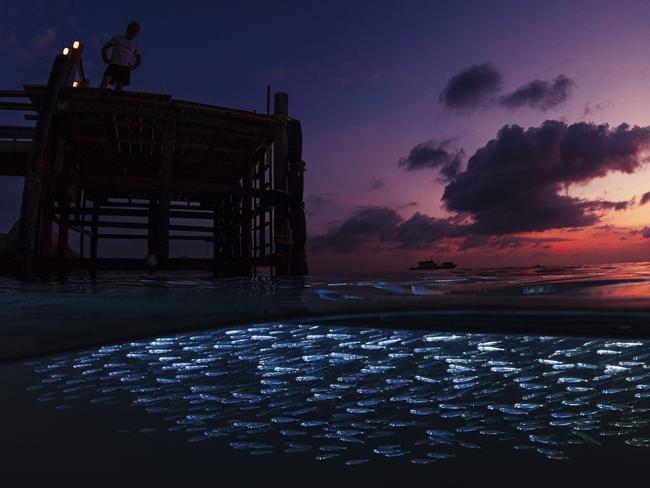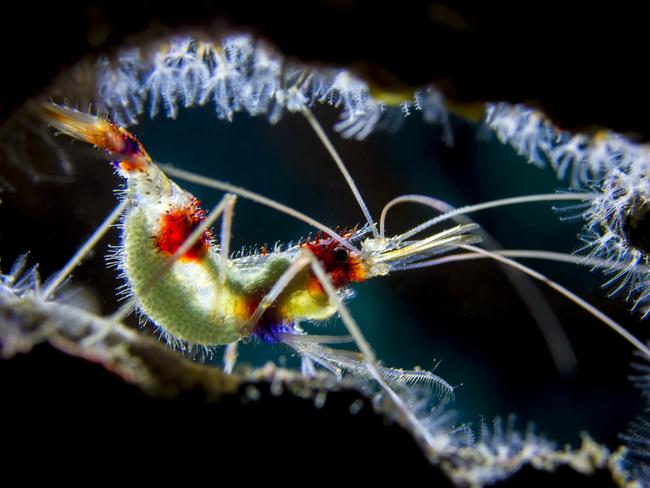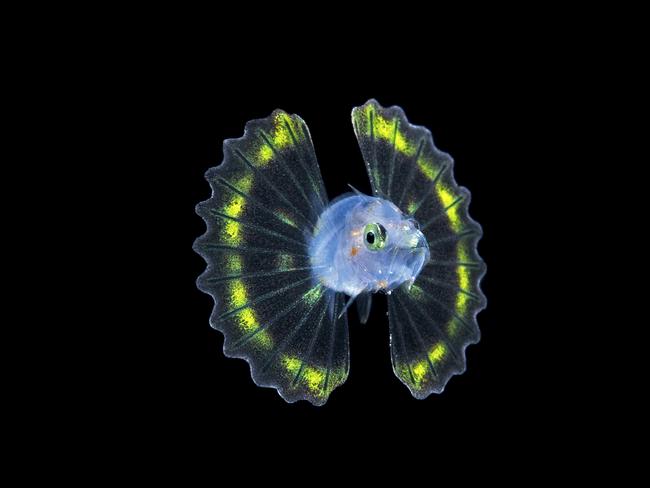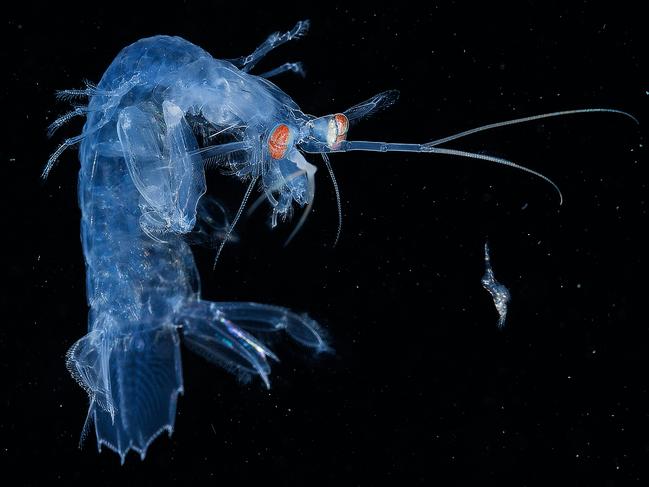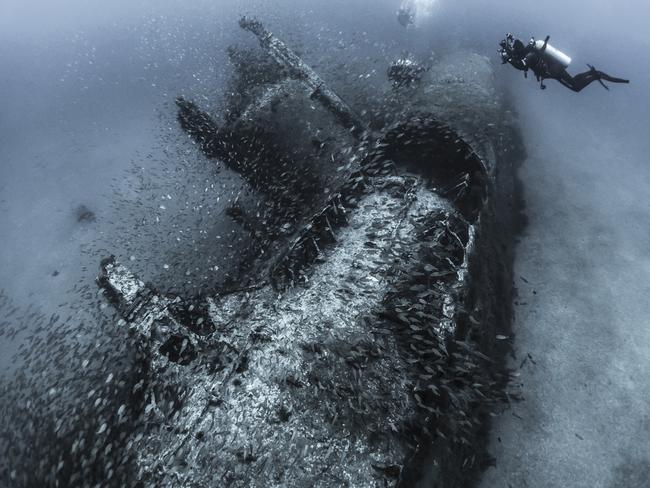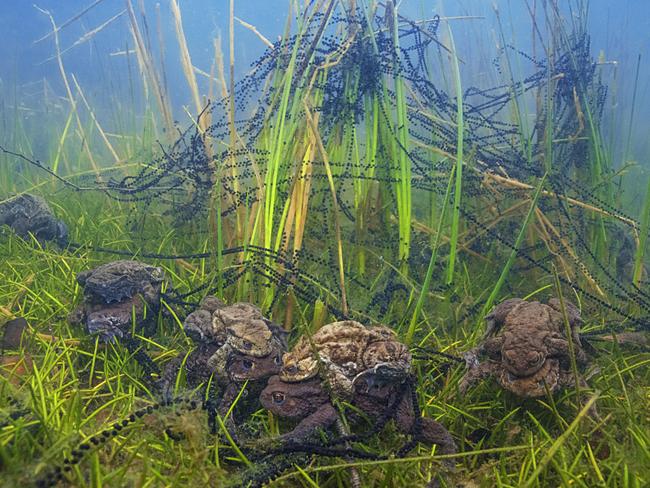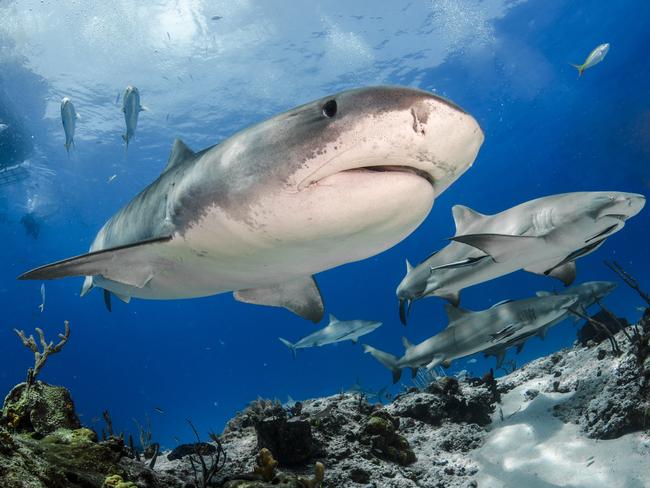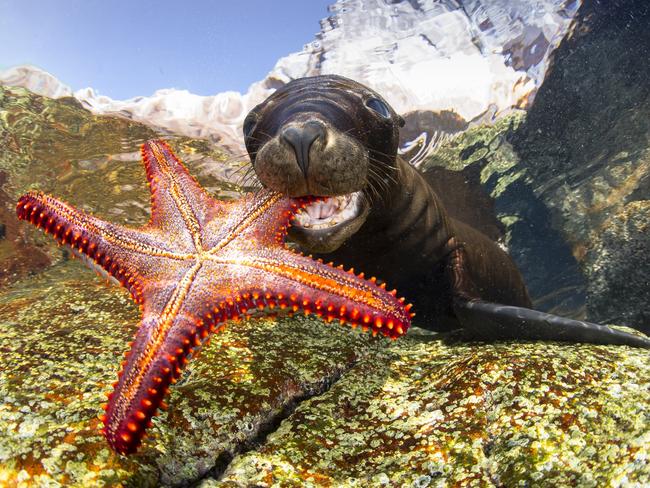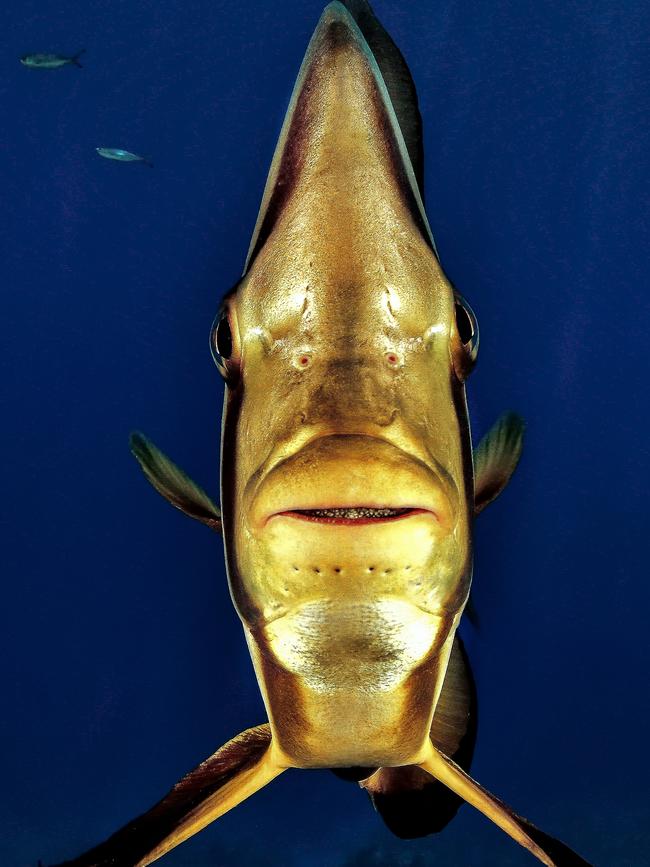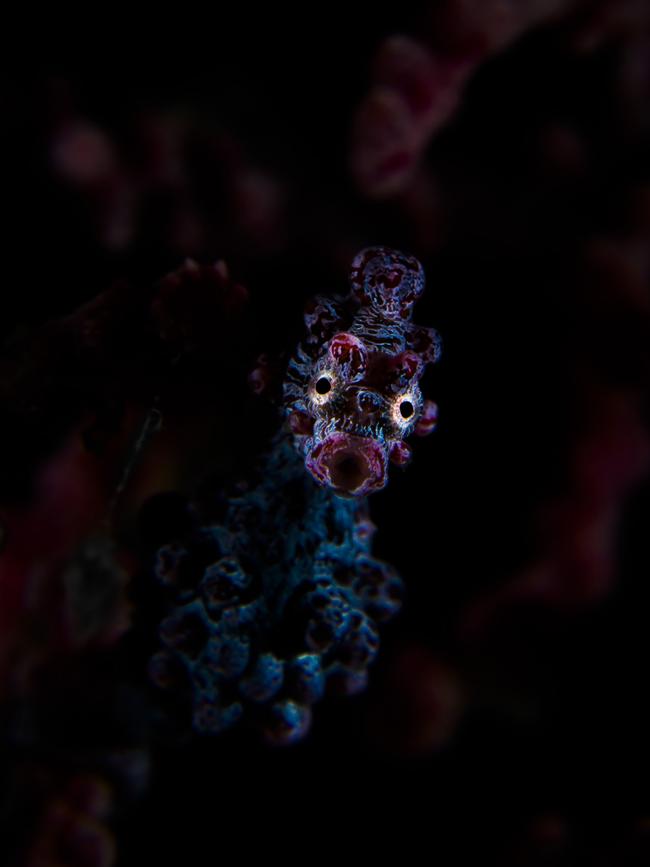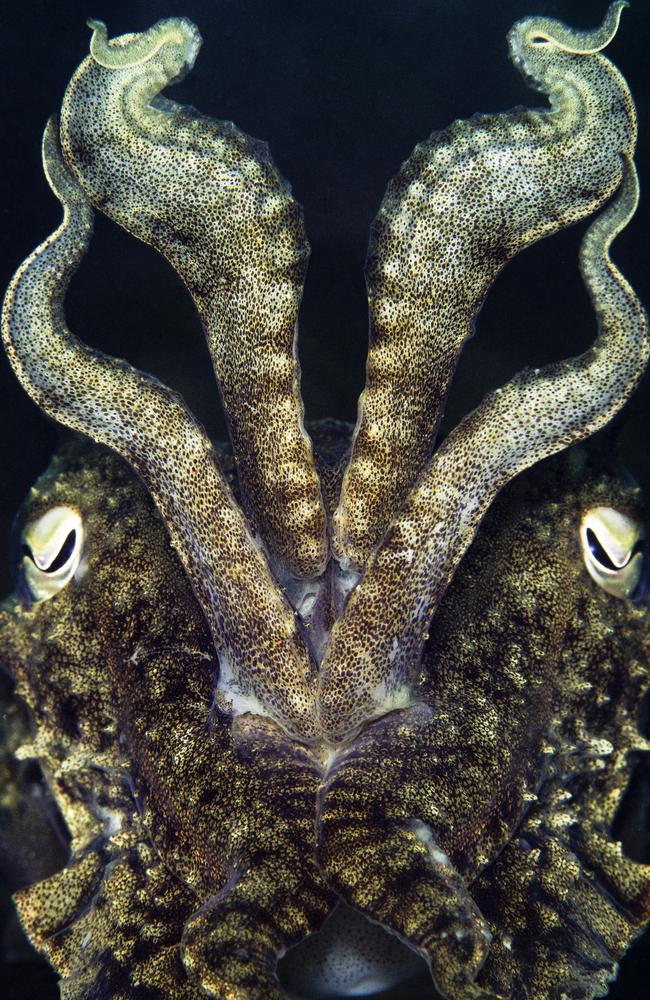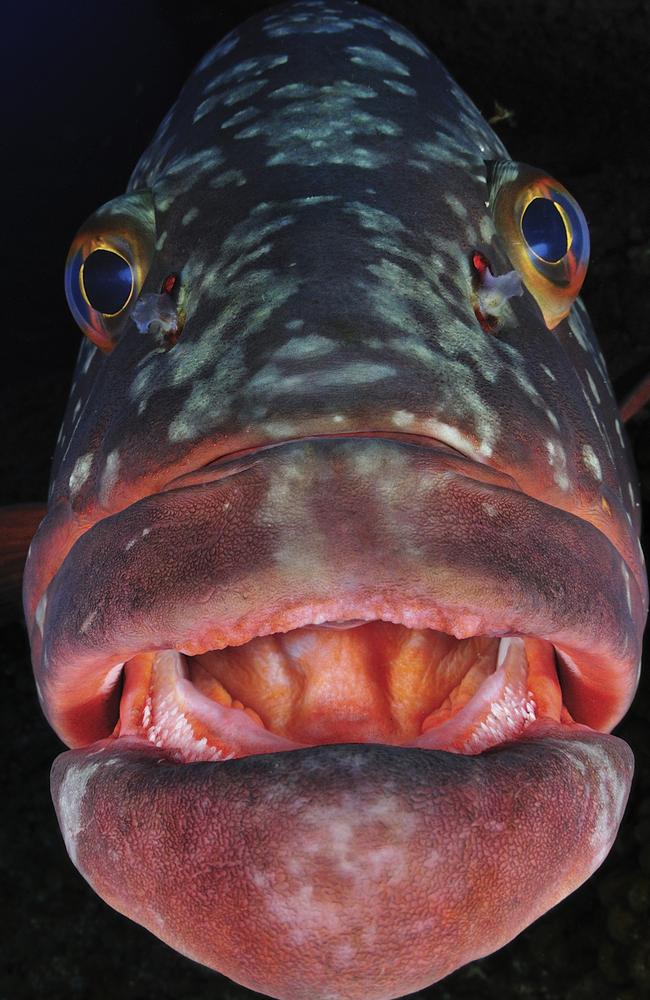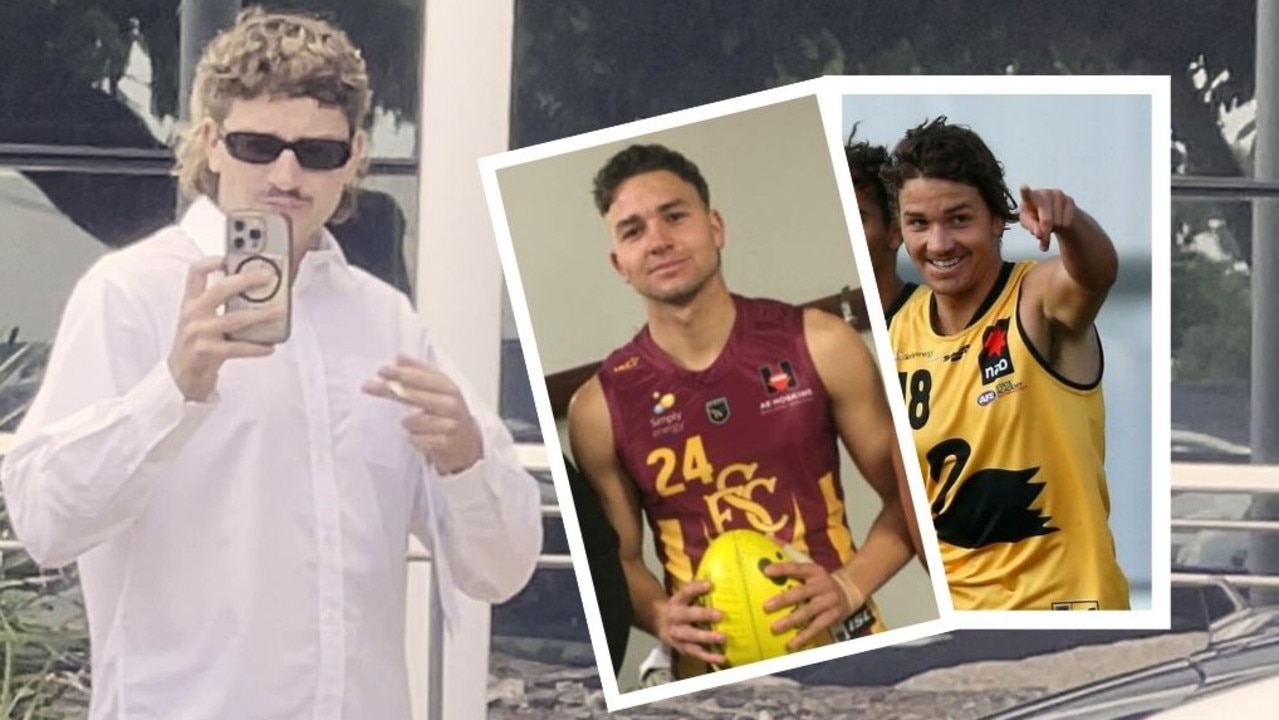
1/22British Underwater Photographer of the Year 2017... Out of the Blue. Kukulkan Cenote on Mexico’s Yucatan Peninsula forms part of the Chac Mool system and is noted for the spectacular light effects as the sun penetrates the darkness. I left my strobes behind for the natural light shot I wanted and positioned myself in the shadows of the cavern. Moving my eye around the viewfinder, I could see that the rock outline of the cavern around me made for a pleasing symmetry and I adjusted my position to balance the frame. The light show flickered on and off as the sun was periodically covered by cloud and as it reappeared, I beckoned to my buddy and dive guide, Andrea Costanza of ProDive, to edge into the illumination of some of the stronger beams, completing the composition. My journey from diver to underwater photographer has brought many amazing photographic opportunities and I feel humbled and privileged that this image has achieved such recognition. Picture: Nick Blake/Nick Blake/UPY 2017



